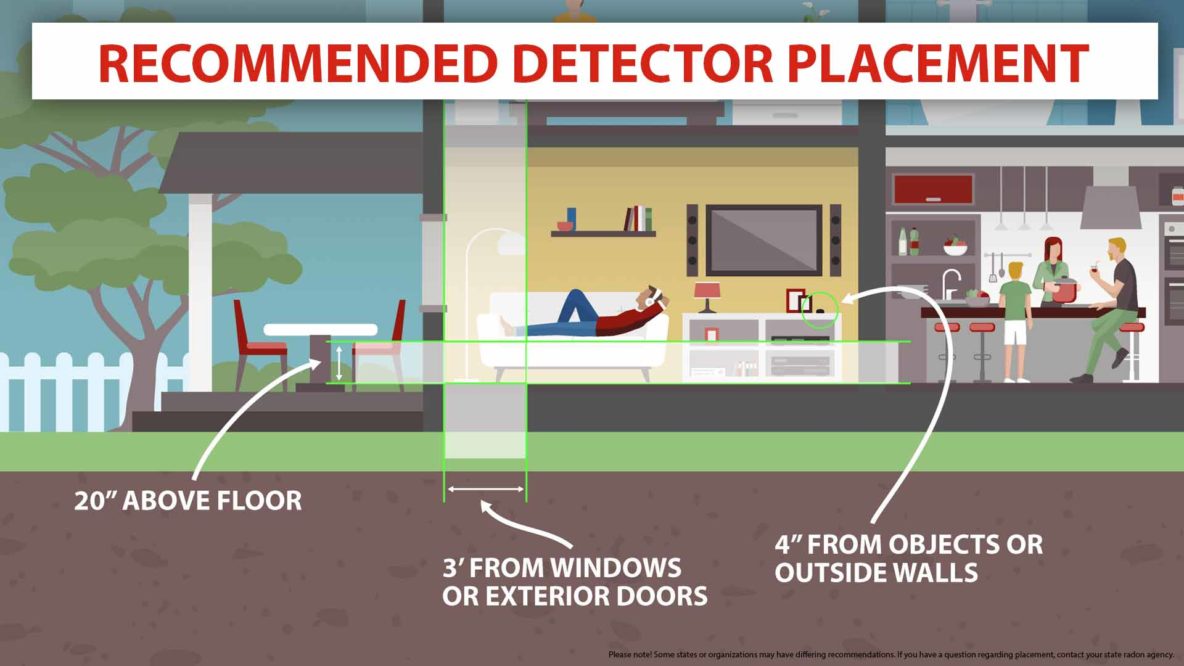Radon. We've all heard about it. We know it can be harmful. But what exactly is Radon and how can it be a danger in your Albuquerque home?
Radon is an invisible, odorless gas that can seep into various types of structures, including but not limited to basements, slabs and crawl spaces. The only way to know if it is present at dangerous levels is to test for it. Radon is produced when uranium breaks down in soil, rock and water. It can come into your home through cracks in floors and walls, construction joints or gaps around service pipes, electrical wires and sump pits. According to the EPA, nearly one out of every 15 homes in America has elevated radon levels. An estimated 20,000 deaths from lung cancer are blamed on radon exposure.
Breathing in these radioactive particles, drinking water with high radon levels, or being exposed to radon for long periods of time can make you susceptible to lung damage and lung cancer. If you are a smoker, this will increase your chance of developing lung cancer by 10 times.
It may take years before health problems appear. Your chances of getting lung cancer from radon depend mostly on:
- How much radon is in your home
- Where you spend most of your time (the main living and sleeping areas)
- The amount of time you spend in your home
- Whether you are a smoker or have ever smoked
- Test Your Home for Radon Gas Exposure
- Old homes, new homes, homes with basements and homes without basements can have radon problems.
If you suspect your home may have radon issues, you should hire a professional tester. You can also use a short-term (2-90 day) or long-term (more than 90-day) test kit. You will get a more accurate result from the long-term kit. Most hardware stores will carry these kits.
While there is no level of radon that is considered completely safe, the EPA recommends reducing radon levels in your home if your long-term exposure averages 4 picocuries per liter (pCI/L) or higher. A pCI is a measure of the rate of radioactive decay of radon gas. This decay causes radioactive particles that can get trapped in your lungs when you breathe.
Reduce Radon Gas in Your Home
If you home tests positive for radon, you can take steps to reduce those levels. This includes sealing cracks in floors and walls and increasing ventilation though sub-slab depressurization using pipes and fans. This work should be done by a certified contractor who has the skills to make sure the work is done properly. The standards set for such a certification are from The American Association of Radon Scientists and Technologists and the National Radon Safety Board.
You should continue to test for radon after the work is done and every two years after that. January is a good time to remember to test for radon, as The U.S. Environmental Protection Agency has designated January as National Radon Action Month.
Radon exposure can pose a threat to the health of you and your family. Make sure you take action to reduce your exposure to Radon today.
